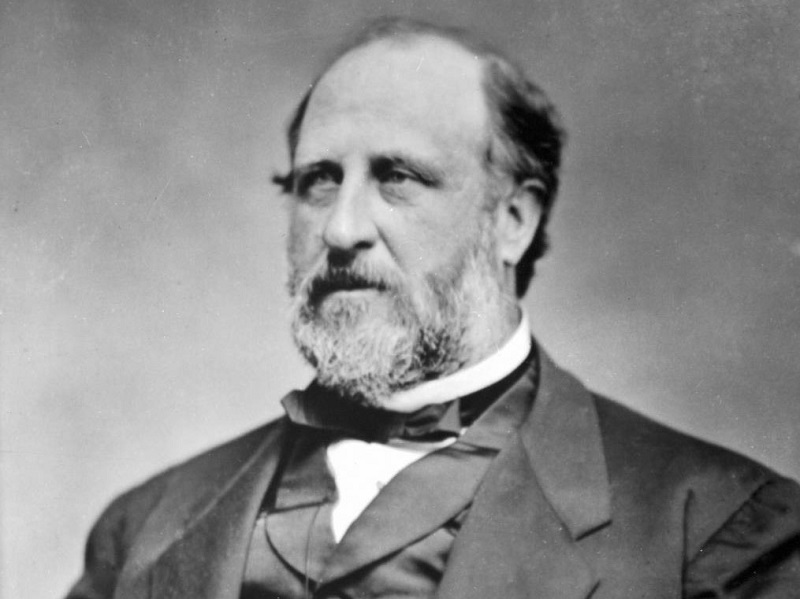6. Its Builder Was a Crony of Boss Tweed

A silver-plated model of the Highbridge Water Tower, now owned by the New-York Historical Society, bears a lengthy inscription stating that it was presented to John L. Brown, the building contractor, “by the Employees on the Tower Works, as a Souvenir of the pleasant times passed in his employ.” It also lists various City officials, among them William M. Tweed, Commissioner of Public Works. In fact the linkage between the two was more than incidental.
Brown, who the New York Times once referred to as “the Tammany street-cleaner and contractor,” told an investigatory commission in 1872 “I had no connection with Mr. Tweed.” However, “Boss” Tweed acknowledged in 1877 what many long suspected; he held a secret interest in Brown’s street cleaning company and ensured that it received city contracts and payment for work it did not perform. In jail by then, he made confessions like this in an unsuccessful effort to be paroled. As for Brown, he was off the hook, having died a rich man two years earlier.
As for the Water Tower, Brown received that contract in 1867 from the Croton Aqueduct Board, which had autonomy from Tweed and other politicians. However, Tweed, who was infamous for inflating costs on innumerable public works projects to benefit himself and his cronies, most notoriously with the “Tweed Courthouse,” gained control of Croton Aqueduct operations in April 1870 while the Tower was under construction. There is some evidence that similar corrupt practices occurred on a modest scale with the Tower. As for that silver model, it seems more likely a gift from Tweed, known for his affection for luxuries, than from workers paid modest wages.





